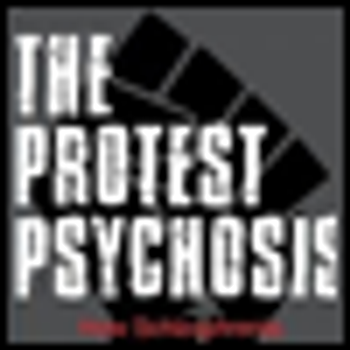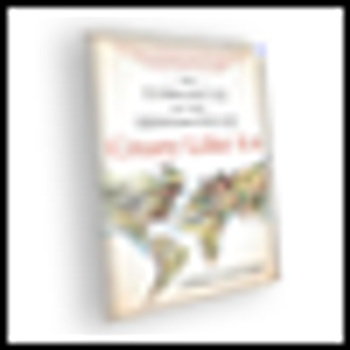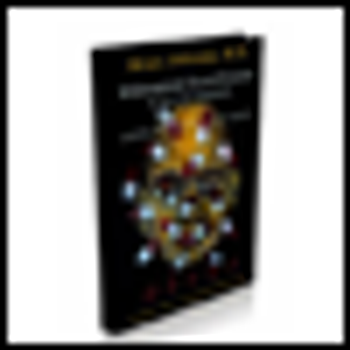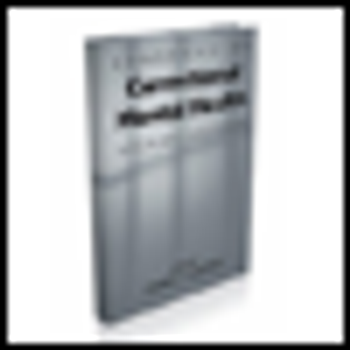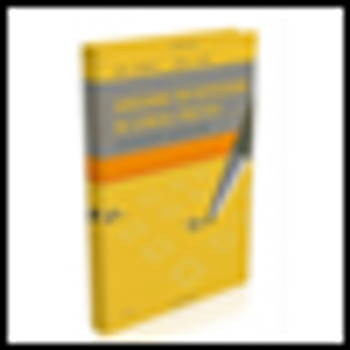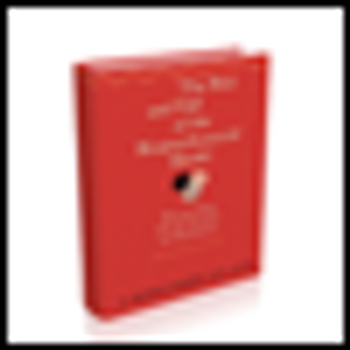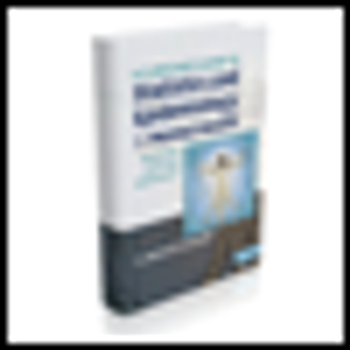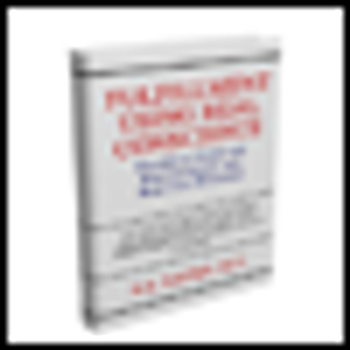Those who know Sacha Baron Cohen will tell you he is nothing like Brüno or the other characters he impersonates. The third son of an orthodox Jewish family, he grew up in a suburb of London, went to fancy British schools, and spent a year living in Israel. He read history at Christ’s College, Cambridge, where an interest in the role of American Jews in the Civil Rights Movement led to his thesis on the 1964 murders of James Chaney, Andrew Goodman, and Michael Schwerner in Mississippi. Not the biography of a man you would imagine inventing Ali G, an American ghetto rapper; or Borat, an anti-Semitic TV reporter from Kazakhstan; or Brüno, a gay Austrian fashionista who wants to be as famous as that other Austrian, Adolf Hitler. These characters have made Baron Cohen one of the preeminent icons of popular culture.













